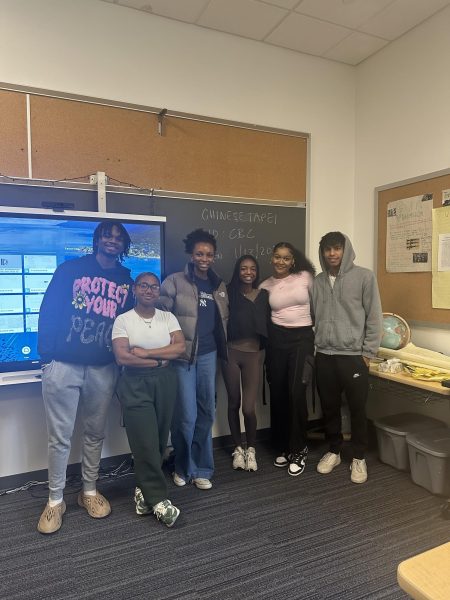Are Breaks as Valuable as Class Time?
Holiday Issue: Innovation and the Mind
It is second period, 9:45 in the morning. You are slouched over in class, stomach rumbling. You didn’t have time to eat breakfast before you left for school. You should be attentive to the teacher, but you’re not. Your eyes are glued to the clock with a zombie-like stare, watching as every second goes by slower than the last. You cannot focus any longer; what you need is your five-minute break, but for some reason, the teacher is not giving it to you.
Five-minute breaks around the middle of a double period give students the opportunity for a much needed ‘brain break’. They divide up what can otherwise be a grueling ninety-minute block. Many students find it difficult to pay attention to any subject for such a long period of time, regardless of whether or not they enjoy the subject. Student-athlete Jonathan Gardner ’16 agrees, sharing; “without a break I start to loose focus and I zone out by the end of class. Five-minute breaks help me pay attention during the second half of a double.”
Gardner’s opinion on breaks are actually backed by scientific research. In an article posted online by the New York Times called “To Stay on Schedule, Take a Break” by Phyllis Korkki, Korkki quotes the research of John P. Trougakos, assistant manager professor at The University of Toronto. Trougakos says “Mental concentration is similar to a muscle… it [the brain] becomes fatigued after sustained use and needs a rest period so it can recover- much as a weightlifter needs a rest before performing a second set in the gym.”
I am cautious and appreciative of the 15- minute break given in between doubles, but to argue this as being sufficient enough would be missing the point. The 15- minute break is a great opportunity for students to go to the java nook and de-zombify themselves with a cup of coffee or finish homework missed from the previous night. This break is not, however, sufficient; even with 15 minutes in between doubles to look forward too, or back on, 90 minutes is still too long for most students to stay seated and successfully pay attention. Doubles have the same taxing effect on the brain as a marathon has on the legs: both are strenuous and exhausting.
Ultimately, the five minutes of class time that some teachers at WFS keep to themselves hurts the students. I believe the five minutes of missed class time is not as valuable as the break that allows the student to pay better attention for the last 45 minutes of class. During double periods, teachers have 90 minutes to cover the material; a short break is hardly a difficult sacrifice for teachers to make.
Furthermore, given the numerous scientific studies in support of the brain break’s ability to benefit the student, it seems only practical for teachers to universally implement this break in their classes. In my own experience, I find that it helps me retain more knowledge in that it divides the class in two 45 minute chunks of information rather than a constant 90-minute overwhelming list of information to remember.
Many teachers fail to recognize the extremely small amount of free time many students have. For example, IB student/ athletes: due to a busy schedule filled with a varsity sport, extra-curricular clubs, and an IB certificate curriculum, one may have to routinely work through breaks and even lunch periods. The five- minute breaks a teacher gives to a student may very easily end up being the only brain break a student enjoys in a school day. A five minute breather may be the only moment during the day a student can find his or her sanity.
Teachers need to appreciate not only the value of the five- minute break, but also how much the student appreciates it. Our brains are capable, creative, and clever, but no muscle can be used for 90 straight minutes without driving it to exhaustion, just like a muscle in the gym. A single double period can have the wearing effect of a marathon if a break is not given to the students. A brief five minutes of break time is a fair trade for 85 minutes of focus.





































